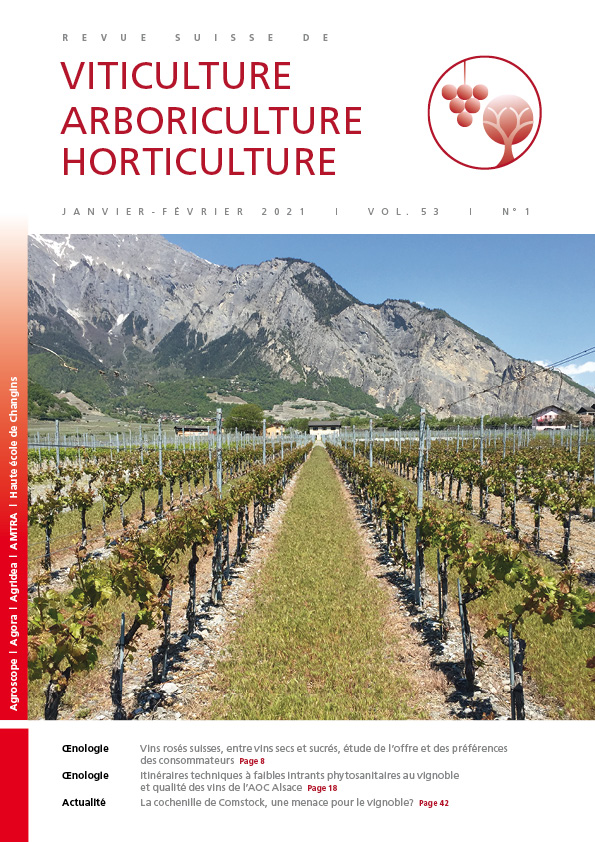
Issue 1 - January - February 2021
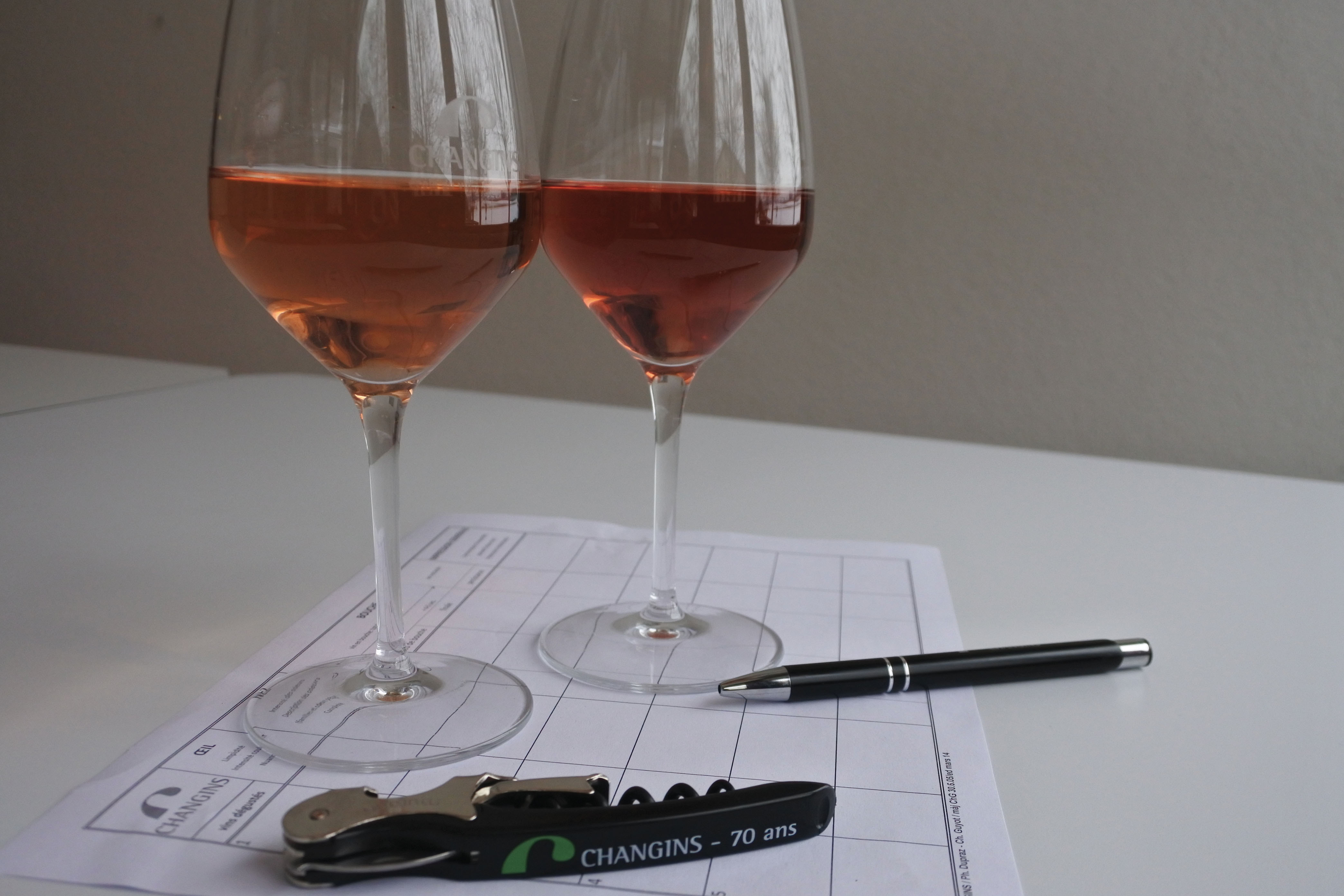
Abstract in open access
A previous article proved that swiss consumers prefer rosé wines with freshness, red fruits, floral and citrus aromas. In mouth, they seem to prefer dry or semi-dry wines balanced by acidity. This article studies the sensory profiles of 57 rosé swiss wines tasted by the expert panel of Changins. Over half of wines have been judged as neutral with high alcohol sensation and only 36% have been described with intense fruity aroma. The second part of this article explores the acceptability of 218 consumers for six variants of sweet rosé wines. Consumers like all the sweet wines between 15 and 30 g / L of sugar. Nevertheless, the sweetest variant have been judged like “too much sweet”. The sugar and color adequacy seem to be important; a sweet rosé wine shouldn’t be too light.
Keywords: rosé wine, sweet wines, consumers’ preferences, sensory profile, Just-about-Right scale
E-Mail: pascale.deneulin@changins.ch
Adress: School of Engineering at Changins
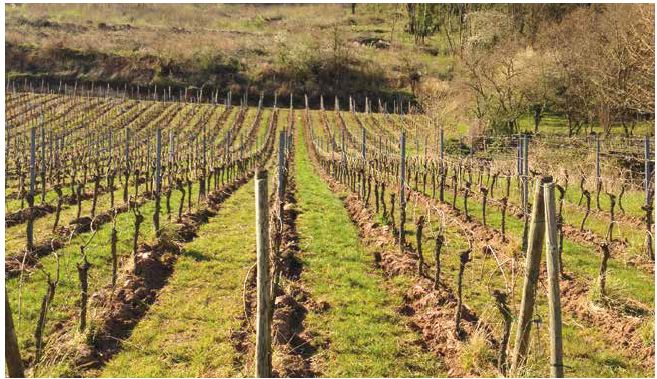
Abstract in open access
Nowadays, Viticulture now must be agro-ecological, while maintaining its qualitative
quality requirement standards. To help winegrowers produce more sustainable wines while maintaining the high-quality level of the AOC specifications, we have evaluated the quality of wines from eleven innovative viticultural systems with very low pesticides inputs over five years. The harvested grapes and the wines produced were analyzed respectively biochemically and sensorially. The results show that it is possible to produce AOC Alsace dry white wines from wine grape production systems were pesticide use drastically reduced. All Riesling and Pinot Gris wines showed balanced biochemical and sensory characteristics that respond favorably to the AOC Alsace specifications for all the routes tested while maintaining the effect of the vintage and the production site.
Keywords: pesticide reduction,AOC, biochemistry, sensoryanalysis, wines
E-Mail: marie.thiollet-scholtus@inrae.fr
Adress: INRAE, UMR LAE, 68000 Colmar
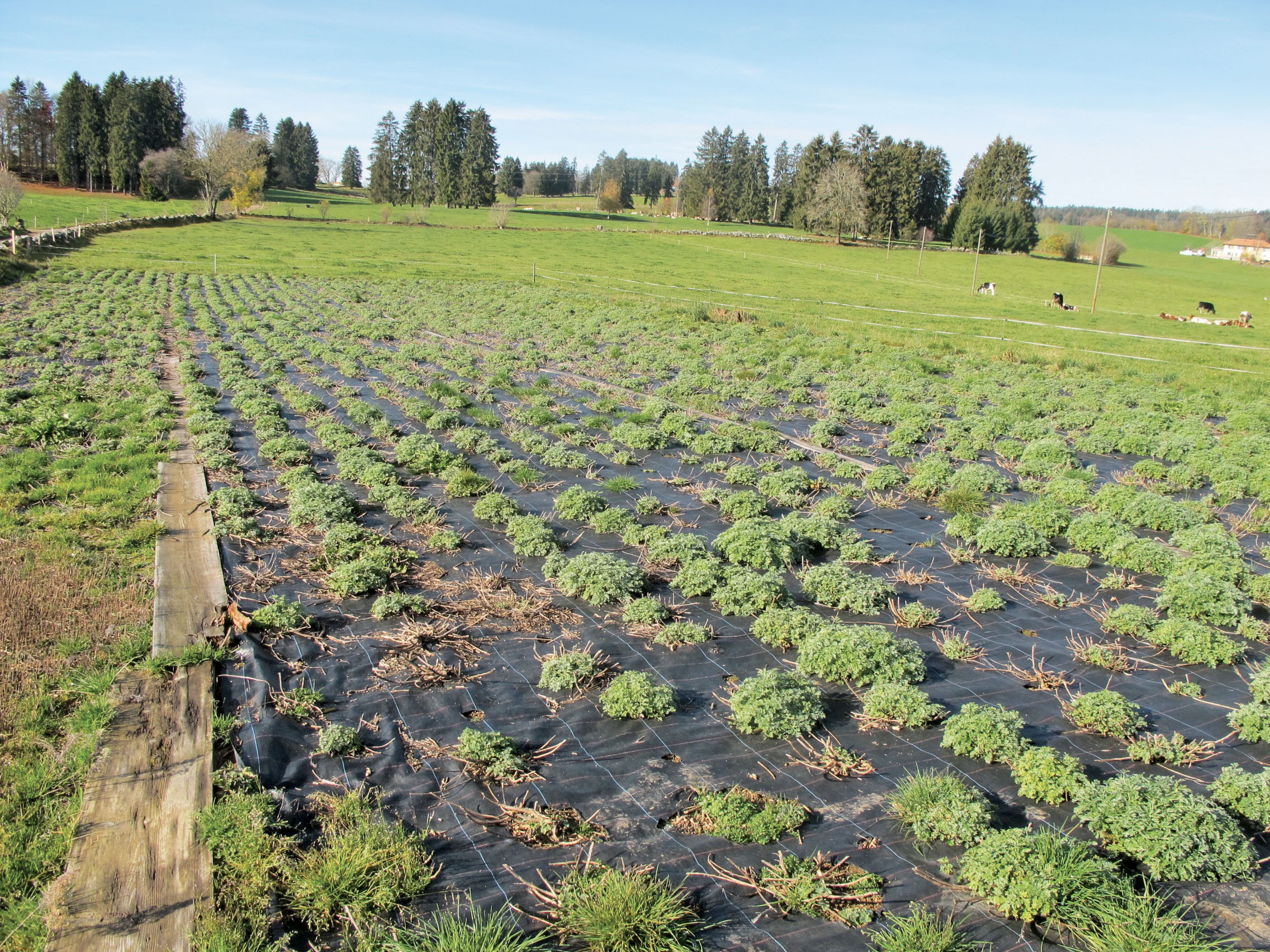
Abstract in open access
Wormwood (Artemisia absinthium) is the emblematic plant used in the composition of Absinthe, an alcoholic beverage traditionally produced in Val-de-Travers (NE). Since the lifting of the ban on this spirit some 15 years ago, its cultivation has gradually resumed in Switzerland. Today, local producers are looking for plants with specific sensory characteristics together with, for legal reasons, reduced and stable thuyone content. To this end, several accessions of A. absinthium, were grown in parallel and compared. The lines studied showed significant phenological, morphological, phytochemical and organoleptic variations. In particular, varying levels of thuyone were observed between accessions; and links between these levels and the organoleptic characteristics of the various plants have been highlighted. The species offers an interesting genetic diversity for a breeding programm aiming at the creation of lines well suited for the production of a typical Absinthe.
Keywords: Artemisia absinthium L., domestication, breeding, essential oil, sensory analysis, thujone
E-Mail: annabelle.berthet@hesge.ch
Adress: Hepia, 1254 Jussy
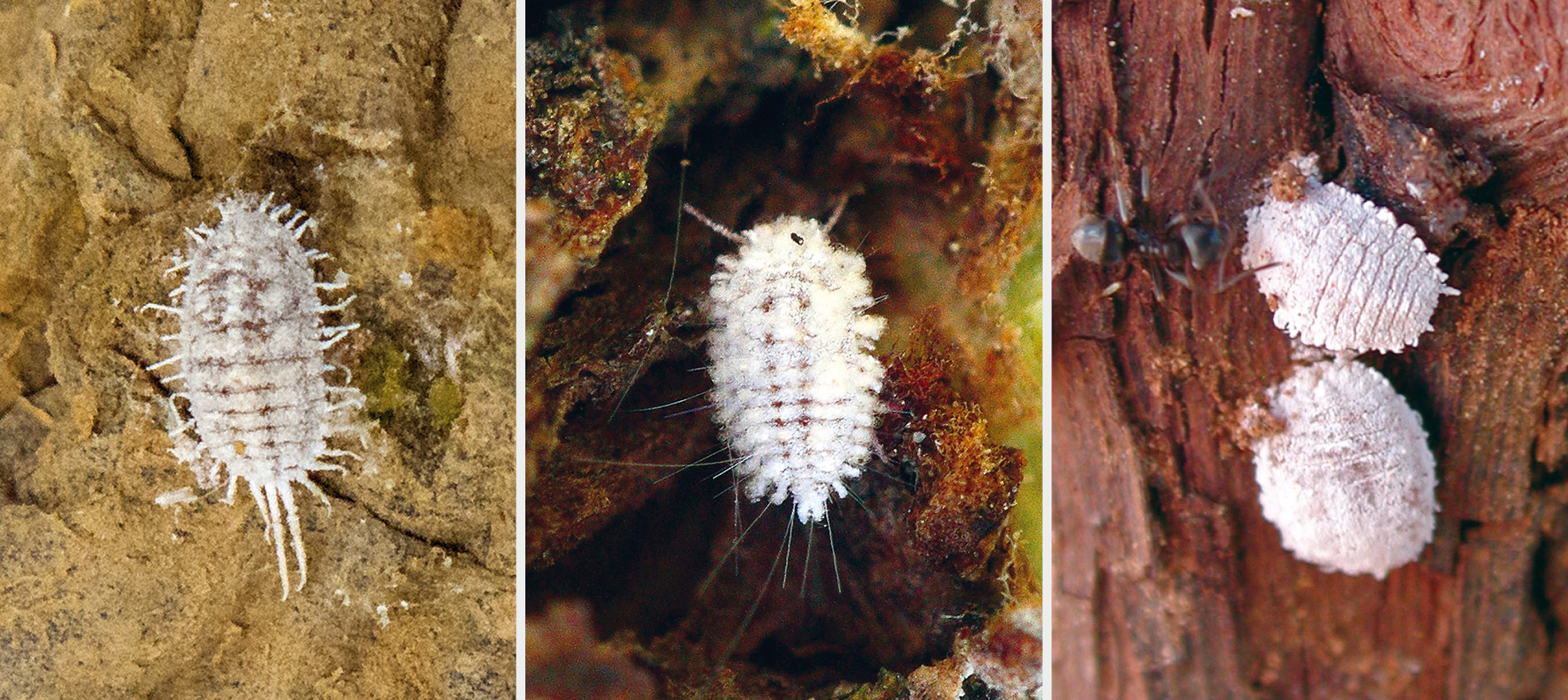
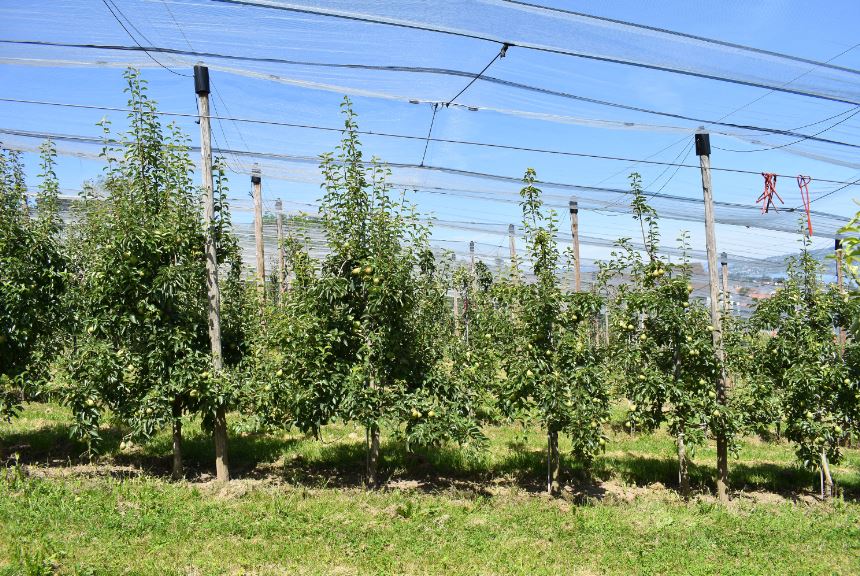
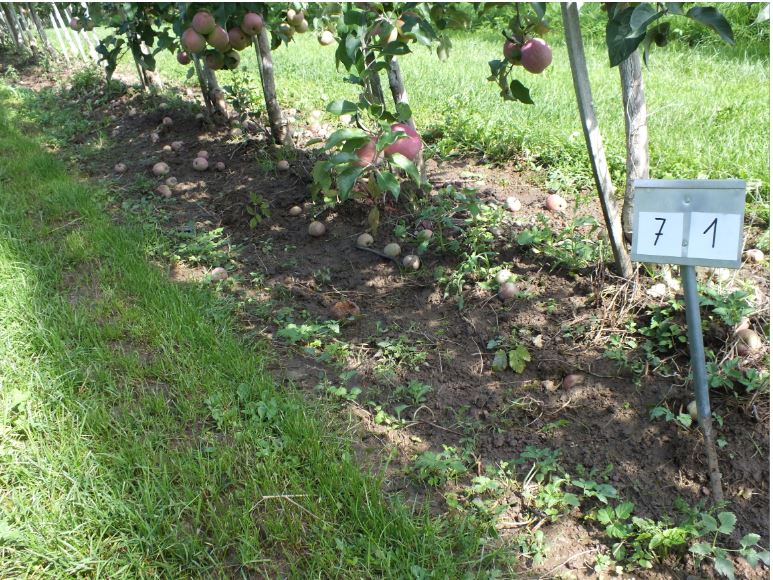

 Download of full issue
Download of full issue
 Download article
Download article